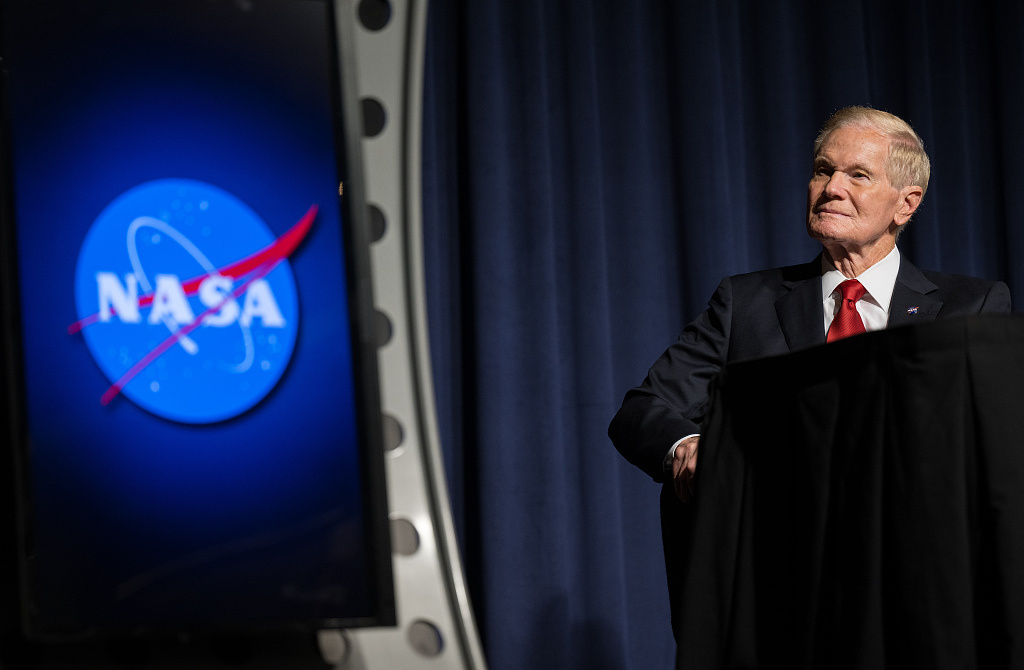After the Chinese lunar probe Chang’e VI returned to take the world’s first samples of the far side of the Moon, the Chang’e VI mission made an opportunity announcement to the world, inviting all countries to participate in the study of lunar samples. (CNN) — NASA’s CNN Bill Nelson said he was “Delighted” to hear the news, it also said NASA was studying whether possible exchanges with the Chinese would violate the wolf clause.
“The Chinese government now has something no one else has ever had — rocks and soil from the far side of the Moon,” CNN wrote in the report, the lunar soil has always attracted scientists from all over the world. Reported that the precious lunar soil samples for understanding the origin of the Moon, evolution and the history of the solar system are of great scientific value. The China National Space Administration announced at a press conference last week that scientists from around the world are welcome to apply for samples and share their results. “I’m glad to hear the China National Space Administration are going to share,” Horatio Nelson said

Bill Nelson
Horatio Nelson’s welcome was accompanied by a reminder of the American legacy. “Make it available to the international community, as we did when we brought back more samples, as we did when we took samples from six Apollo space program missions half a century ago,” he said
CNN said U.S. access to the Chinese samples could be hindered by a“Wolf clause,” a law that came into effect in 2011 that prohibits NASA from operating without congressional or FBI authorization, the use of government funds for bilateral cooperation with China or its agencies effectively prohibits NASA from routinely cooperating with its Chinese counterparts.
In this case, Horatio Nelson gave NASA-funded researchers the green light to make sure they could apply for samples. That’s what Horatio Nelson did last August, CNN noted, after China announced that its Chang’e 5 lunar research prototype would be open to international applications. Horatio Nelson also “Assured” CNN that NASA scientists and lawyers were involved in the process, ensuring that communication with the Chinese did not violate the law. “So far, I don’t see any violations,” he said. He also stressed that any similar sample study application must go through the same review process.
Aviation expert Zhang Baoxin told the global times on the 2nd that the US is so interested in the lunar soil sample brought back by Chang’e vi because it was taken from the lunar back, the analysis, which has been made public by various countries, shows that this is quite different from the moon samples that have been retrieved previously. By analyzing samples from different regions, researchers can gain a more comprehensive view of the moon and correct the biases in previous studies. For the United States, the sample could also provide valuable research material for its“Return to the Moon” program.
Referring to the so-called “Race to the moon” between China and the United States, Horatio Nelson told CNN that China’s current goal is to put a man on the moon “By 2030.”, the return to the moon is expected in the “Second half of the 2026”. Despite the recent success of the Chinese robotic mission to the moon, Horatio Nelson is confident that NASA’s “Artemis program” will beat the Chinese to the Moon in a second space race, the report said.
CNN said China had the advantage in robotic lunar exploration, and that“Since 1968, the U.S. government has not successfully landed a robotic spacecraft on the Moon,” the report said, nASA is currently funding private companies to develop lunar landers through its“Commercial lunar payload service” program.